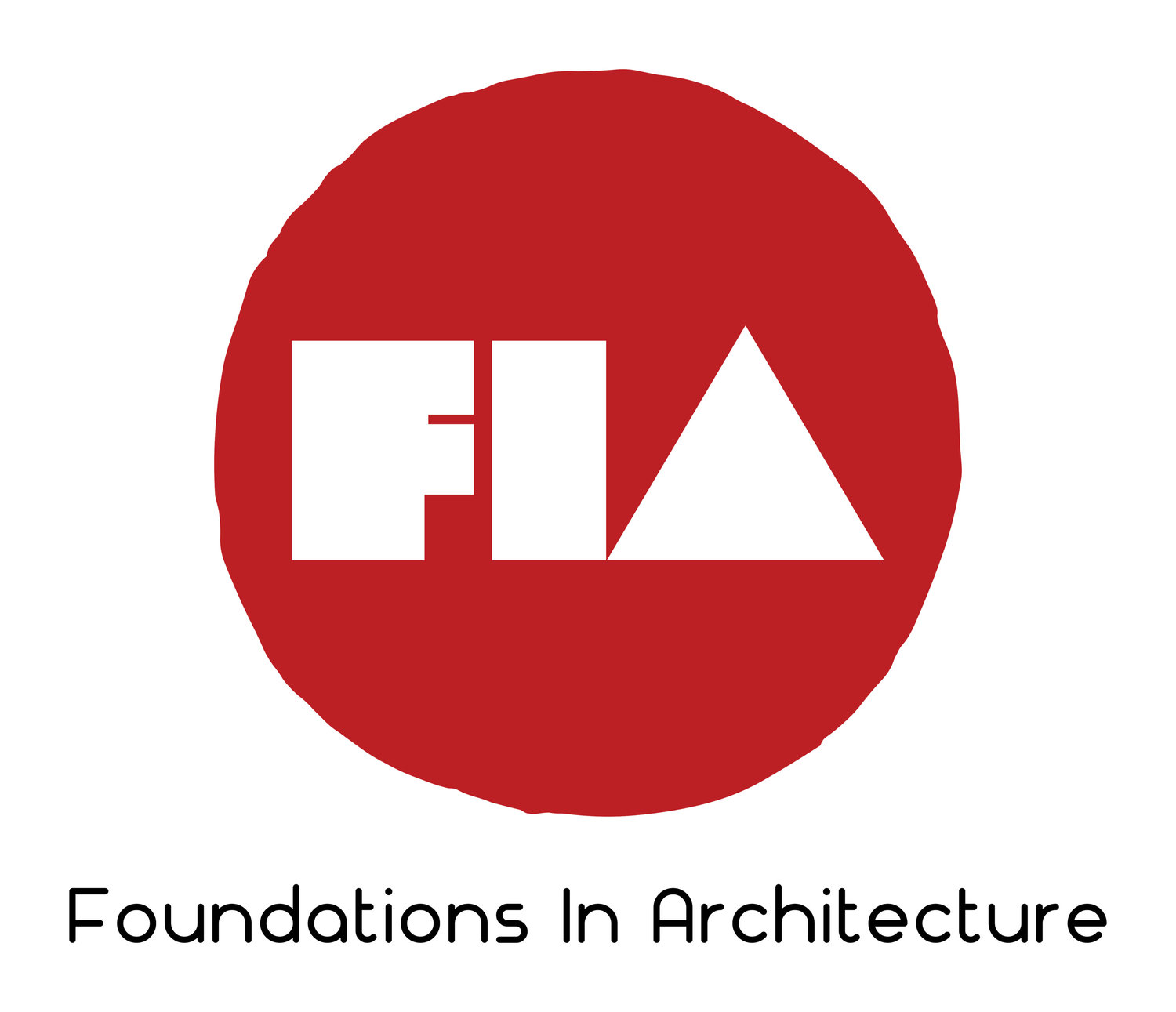TERMS TO KNOW
Construction has evolved dramatically over the last 4000 years. However, the Egyptians were able to construct structures in short periods that would be near impossible today.
Since you read Pyramid last week you are familiar with many of the terms.
Capitals- Top of a column
Casing Blocks- Outer covering of a pyramid
Causeway- Passage way that connects two temples
Core Blocks- Block that make the structure.
Funerary- The area that contains all the temples and pyramids
Mastaba- A rectangular tomb with sloping sides.
Mortar- The mixture of minerals that was used to slide the giant stones
Pharaoh- The Egyptian king and sun god
Sarcophagus- A outer stone coffin that held the wood coffin with the mummy.
Take an hour to learn about the life of an Egyptian Pharaoh. Send me an email if you have any questions about the video, pyramids, or ancient Egypt.
Drawing your name in Hieroglyphics.
Writing your name in Ancient Egypt is more complex than our present language. It was more like drawing pictures to symbolize words. You would then hope people would interpret what was being communicated correctly. Most wars are started because of poor communication.
Your task is to write your full name in hieroglyphics. Just don't start any wars with your writing. Especially with siblings and parents.
Follow the link and use the symbols to write your name.
http://www.penn.museum/cgi/hieroglyphsreal.php
Designing a tomb
In many ancient cultures for rulers to live a grand and eternal life they were buried with their possessions. The pyramids are still the largest tomb complex on earth for single individuals.
Your mission as an architectural designer is to design a tomb for any historical figure that you choose. An architect uses historical precedent to study what is needed for any design. What you will need to do is find several examples of monuments and tombs to see what other have included in the past. Review Egyptians and Chinese tombs to see what they included.
Your design can be any size and any shape. Some people like to use graph or grid paper to organize your thoughts. I prefer a clean sheet of paper. If you do use a grid, do not let the grid control your design. Use it only for diagramming. When architects organize their ideas for a building it is called bubble diagramming. Draw circles (bubbles in architecture) to represent your rooms or areas. Use color for all the different spaces. Then draw lines to show how people move around the tomb. For hints on bubbling do an image search for Architectural Bubble Diagrams. Everyone creates their own bubble style.
